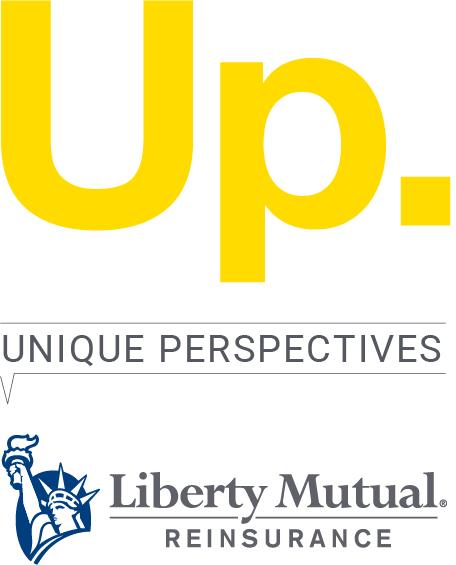With the industry deep in conference season, there is inevitably much talk about the trajectory of rates. After several years of hardening, signs of softening are visible across various classes, with brokers pressing for relief on behalf of their clients. Yet, for reinsurers looking ahead, the debate over pricing is only half the story. The real differentiator in the coming year will be discipline in claims and more so than in underwriting.
As a mechanism that responds after the fact, claims has historically been viewed as defensive. However, with claims increasing in both scale and frequency, claims departments are playing a much more offensive role – as the industry’s first lens on emerging risks, the sharpest indicator of systemic stress and a rich source of intelligence about how exposures develop in real time. This insight can add enormous value, particularly during the early stages of a claim. It further reinforces the collaborative alliance between claims, underwriting and the client, with claims data also sometimes contributing to more favourable pricing for cedants.
Given the many surprise claims of recent years, there is unquestionably a need to grasp the variables and dynamics producing them more firmly. Pricing alone cannot mask poor business, with reinsurers unable to price their way out if they’re getting $100 in premium for every $1m loss. With claims able to identify trends early, highlight potential improvements in cedents’ loss management and flag when litigation risk is escalating, this can help keep portfolios viable as rates begin to soften.
Avoiding further surprises means challenging ourselves to rethink our approach to ensure all of our expertise is being brought to bear. Embedding claims more deeply into the underwriting process is key. This involves much greater collaboration between underwriting and claims – and others such as actuarial and finance – to create a fuller picture of client behaviour; how they reserve, reporting consistency, how they manage litigation and whether early warning signs are being heeded.
Such timely visibility matters because large claims can deteriorate quickly and the earlier a reinsurer can anticipate problems, the better positioned they are to support clients and protect their own portfolios.
Claims is already developing into a client facing role but it needs to evolve faster. Direct client conversations, with intermediaries kept in the loop, can be useful in uncovering potential issues before they arise. A client-facing claims team is better positioned to understand client thinking, for example about potentially complex claims that are not reserved, helping to avert escalation into a large loss.
When reinsurers bring claims specialists to meetings, clients appreciate the effort to place a broader range of expertise at their disposal. It demonstrates foresight and a willingness to engage with complex loss scenarios, challenge assumptions and share insights that may prove valuable to their business, which adds value way beyond simply providing capacity.
There are, of course, obstacles. Access to quality data remains problematic, particularly in the US where litigation sensitivities inhibit transparency. Despite this, claims experts can offer first-hand insight into how losses are developing, how cedents are responding, how courts are treating coverage disputes and other relevant litigation trends.
Discipline is therefore not confined to underwriting; it extends to how cedents manage their claims and how reinsurers scrutinise and support them. Claims is no longer a defensive function but a proactive indicator of new exposures before they’re captured in models. Embedding that insight into underwriting will be a critical differentiator for reinsurers and cedants alike as the market enters its next phase of the cycle.



